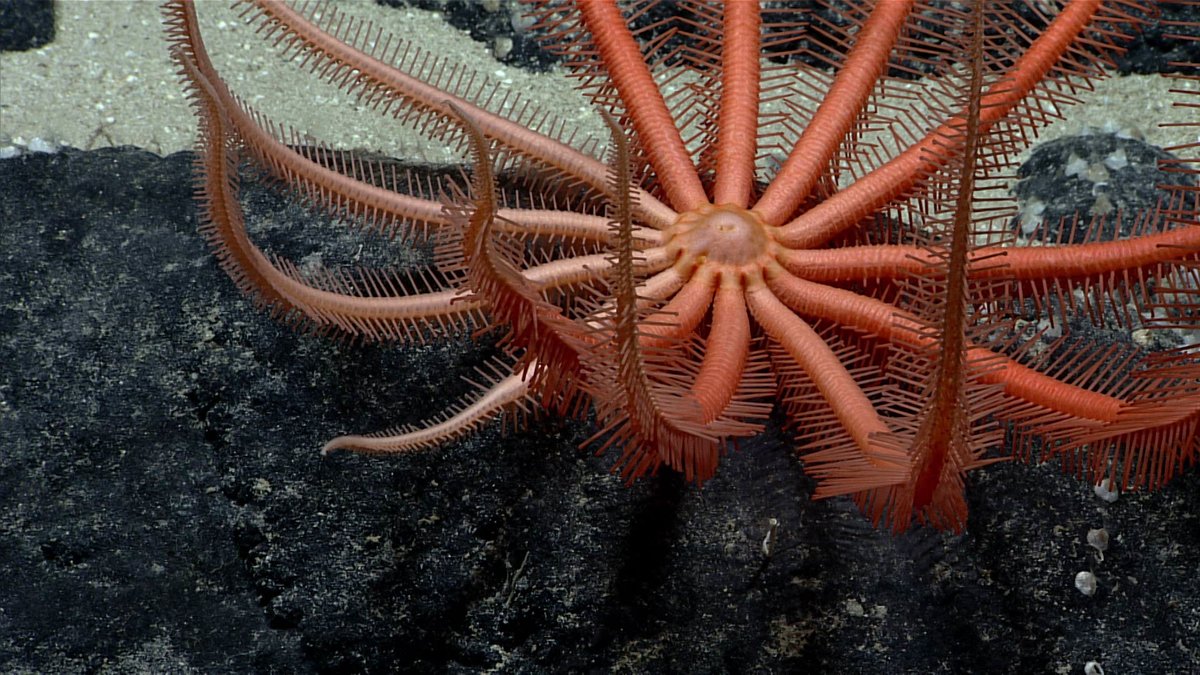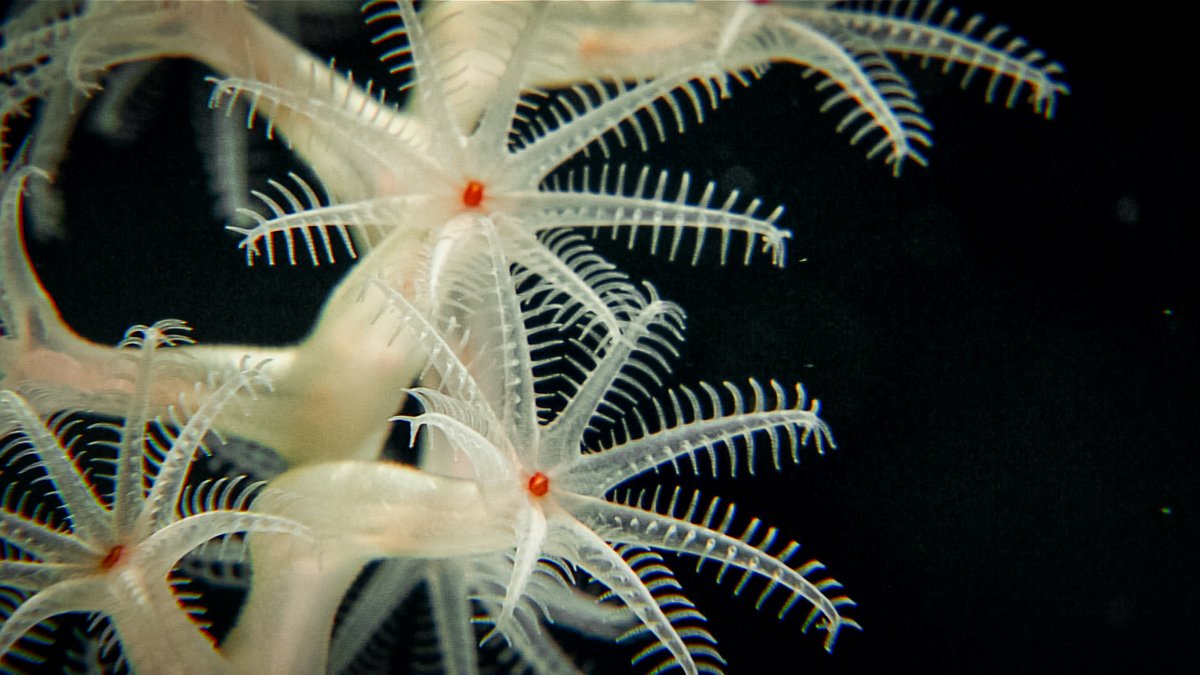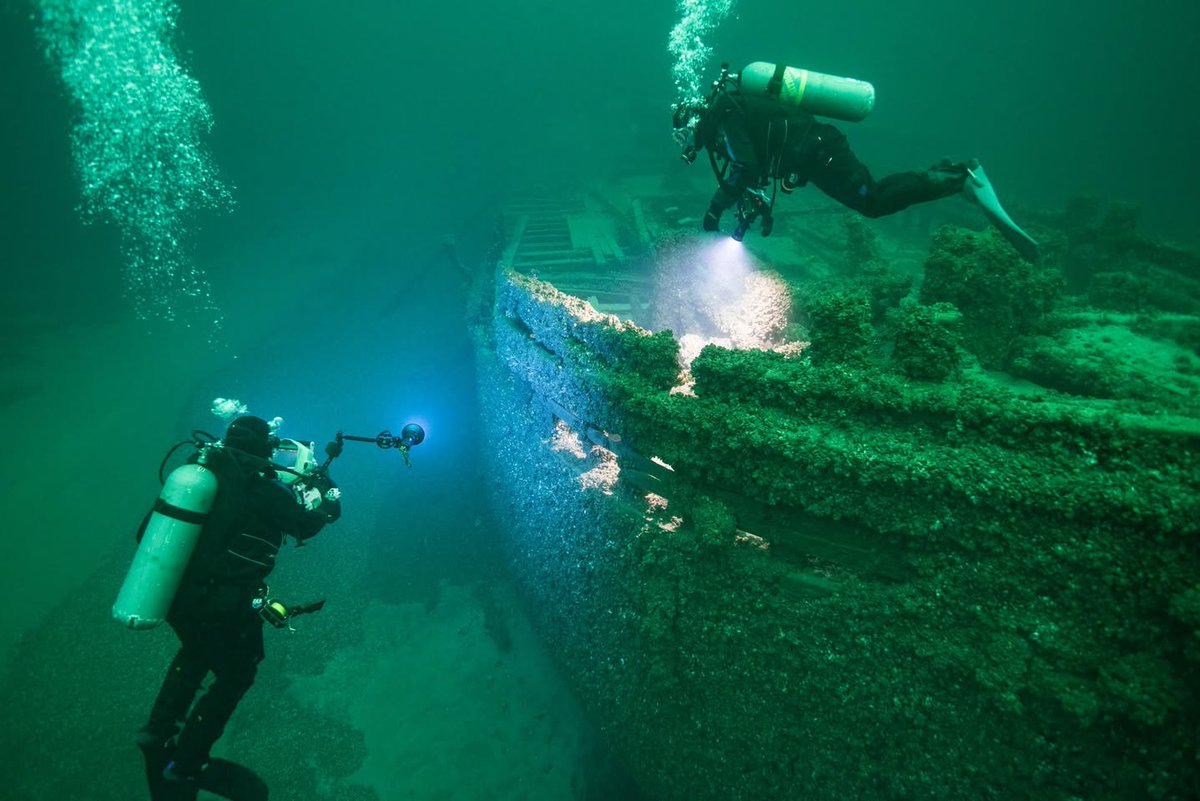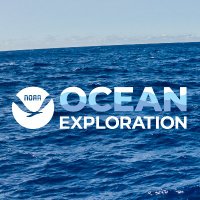
NOAA Ocean Exploration
@oceanexplorer
Official @NOAA account for NOAA Ocean Exploration, the only federal organization dedicated to exploring and understanding our ocean.
ID: 16027546
https://oceanexplorer.noaa.gov 28-08-2008 14:39:12
6,6K Tweet
225,225K Followers
810 Following







Our latest #Okeanos expedition ended yesterday. This video includes highlights from our shallowest dive of the expedition, which took us to depths of 360-524 m on an unnamed seamount northwest of Holanikū (Kure Atoll). For more from the expedition: oceanexplorer.noaa.gov/okeanos/explor…
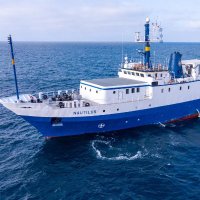
We've set sail on our first expedition of 2025 to explore the ocean surrounding the #MarianaIslands with Orpheus Ocean! Learn more about the NA171 expedition through our #blog: bit.ly/4iG89VR Funding from: NOAA Ocean Exploration Bureau of Ocean Energy Management USGS



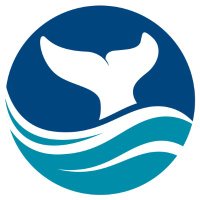




Check out the 2nd Hydro International issue of 2025, which includes our very own Mapping Operations Manager, Derek Sowers, and his work helping to map the largest deep sea coral reef on the Blake Plateau: hydro-international.com/content/magazi…


